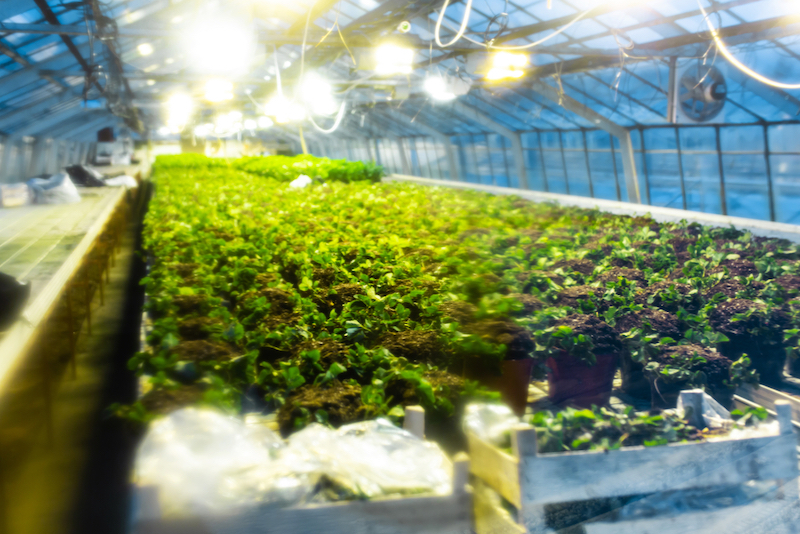How to Design an Aeroponic Growing System
Branded Content by Cosmic Press
Commercial aeroponic systems can be costly. The average home gardener, however, can design an aeroponic growing system!
To design an aeroponics growing system, first, decide what types of plants you want to grow. Consider all the necessary measurements of average plant sizes and available space. Many people create aeroponic growing systems by using PVC pipes and storage bins.
Designing an aeroponics growing system is easy! In the rest of this article, we’ll walk you through the steps to design and build your aeroponics growing system.
How to Design an Aeroponics Growing System
Plants grown aeroponically are healthier, grow faster, and produce more. The system is simple and worry-free, making it perfect for growing veggies and herbs in your home.
One downside to traditional gardening is that it requires space. Aeroponic growing systems are great for indoor gardeners because they need very little room.
To design an aeroponic growing system, you will need to consider the following:
- What types of plants do you want to grow?
- How many plants do you want it to support?
- Where are you going to place the system in your home?
- How big do you want the system to be?
The exact amount and size of materials you need will depend on your personal aeroponic growing needs. For example, an herb garden will require smaller materials than a large veggie garden.
How to Build an Aeroponics Growing System (Step-by-Step)
The materials needed to build an aeroponic growing system are:
- Large storage bins
- PVC pipes
- PVC end caps
- Spray taps
- T fitting
- Hose
- Adapter
- Netted pots
Step 1: Drill Holes in a Storage Bin
Flip a large storage bin, around 30 gallons, upside down. Make sure to use a storage bin with a tight, well-fitting lid. Dark colors are also preferred, as they help keep the roots in the dark better.
Measure around 2/3rds up from the bottom. Carefully mark each side of the tote at the 2/3rds spot.
Drill a hole on each side at the mark. Ensure that all of the holes are level as you work. You also want the spot to be slightly smaller than the size of the PVC pipe you will use.
Step 2: Prepare the PVC Pipe
You will want to purchase a PVC pipe that is a little longer than the length of the storage bin. Aim for about 2 inches more of PVC pipe.
Cut the PVC in half. Attach an end cap to the bottom of each piece.
Drill three or four sprayer holes into each pipe. For a ¾ tube, the holes should be around 1/8th inch. You will want these drilled on the same side of the pole. Carefully attach spray taps to each hole.
Step 3: Attach the PVC to the Storage Bin
Gently slide the pipes through the storage bin holes while ensuring that the sprayer holes are right side up.
Glue the extra two inches of PVC pipe to a T fitting to connect the initial two sections. On the other end, add an adapter. The adapter will connect to a hose.
Turn the bin upright and insert the pump. Connect one end of the hose to the pump and the other end to the adapter. Fill the container underneath the sprayers with nutrient solution.
Step 4: Fit the Storage Bin Lid with Netted Pots
Create holes in your storage bin lid depending on the size of netted pots you are using.
Snap the lid securely, and fill each hole with your netted pots.
Conclusion
Now you can design and build the perfect aeroponic growing system for your plants! Remember to take measurements before you start working, and keep the size of your project in mind while designing.
Branded content furnished by our promotional partners. The Daily Sundial editorial staff is not involved in its production. Content does not reflect the views or opinions of the editorial staff.










